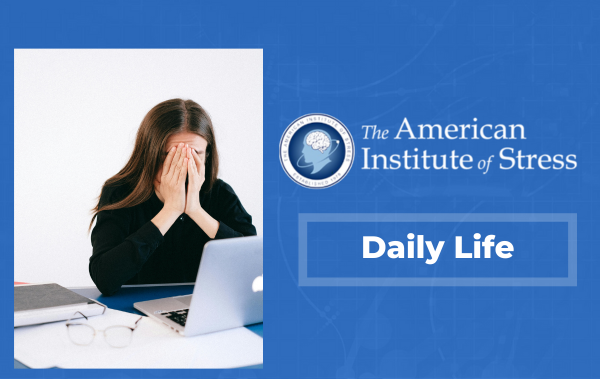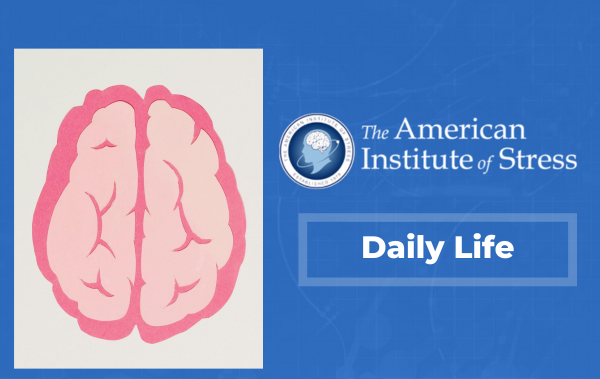 Sammy is the founder and CEO of YuLife, the lifestyle insurance company providing life insurance, well-being and rewards in one simple app.
Sammy is the founder and CEO of YuLife, the lifestyle insurance company providing life insurance, well-being and rewards in one simple app.
In a recent report that surveyed 5,000 full-time employees, a striking 96% expressed a preference for companies that clearly prioritize well-being when exploring potential employers for their next job opportunity. But while there have been growing calls for workplaces to focus on greater work-life balance as part of employee well-being, we’ve also seen a counter-narrative arise from those who advocate for working longer hours at a high intensity if they desire success, as in the case of Elon Musk and the Wayfair CEO’s recently leaked email to his staff.
It is no surprise that this sentiment has earned both CEOs flak. Pushing staff to work 60 to 80 hours a week has historically been associated with workplace trauma and burnout. But this also seems to suggest that despite all the recent strides companies have made in terms of well-being, there are still those at the very top who believe that employee well-being can sometimes stand in the way of corporate profitability.
At its core lies a question of whether there can genuinely be a win-win here: Can employee well-being and productivity (and therefore profitability) go hand in hand in this economic climate? I believe they can.
What is the case for employee well-being?
The research indicates that companies that do not prioritize employee well-being will eventually pay in the long run in the form of attrition, absenteeism and insurance claims. According to McKinsey, unaddressed employee stress, burnout or health issues can yield higher absenteeism and reduced productivity, costing medium-sized companies $228 million to $355 million per year.
Furthermore, increasing levels of stress in the workplace are contributing to a surge in insurance claims as well as a subsequent rise in premiums. This is underscored by a report from The American Institute of Stress, which says that around 40% of workers’ compensation claims can be directly attributed to elevated stress levels.
Nurturing a culture that prioritizes employee mental and physical health can help minimize businesses’ risk exposure and bring several positive outcomes, including reduced absenteeism. When employees are healthy, both physically and mentally, the likelihood of them taking sick leave diminishes. A well-supported workforce exhibits a higher chance of being regularly engaged.
Is there a happy medium?
As someone who has experienced corporate burnout personally and is, at the same time, a founder concerned about firm performance in this economy, I think there is a healthy medium—a way to win on both fronts of productivity and well-being. I believe employee well-being can be realistic and aligned with market realities, but only if leaders become much more flexible with how we think about both productivity and employee well-being.
For starters, productivity levels are not proportional to hours spent at work, nor is productivity confined to the workplace. Many employees are exceptionally productive within a 40-hour work week and do not need to work longer hours. At the same time, employees are now adept at finding opportunistic pockets of time to do their most productive work. Our CMO, for instance, calls 6 a.m. to 8 a.m. her “magic hours,” a two-hour window in which she achieves more than she does in an entire afternoon.
Working habits often depend on an individual’s job function. Our data scientists, engineers and designers, for instance, need hours of uninterrupted deep work. They often find they work best after conventional work hours because they get the most productive work done in the absence of meetings.
Well-being and productivity are certainly not a one-size-fits-all, and productivity can be achieved without compromising on well-being.
How can you balance productivity and employee well-being?
Interestingly, my company has found that when individuals live healthier lives, this improves their focus and productivity levels. For instance, some employees may sneak in a workout during lunch hours or do a walking meeting so they can get another peak in focus and productivity after lunch, which is typically followed by an energy slump. Leaders can help support employees by encouraging regular breaks, physical activity and mindfulness practices.
A flexible schedule can also accommodate productivity by allowing your employees to work during times that align with their natural energy levels. In my experience, recognizing and respecting diverse work styles contributes to a more engaged and satisfied workforce.
Health tech and wearables have made it possible to observe, predict and therefore engineer your focus and productivity throughout the day through the measurement of vital health data points such as daily step counts, heart rate and deep sleep. (Full disclosure: My company offers this type of service, as do others.) Instead of focusing on the number of hours worked, consider using these as proxy metrics to understand employee focus and productivity levels, which can be a better indicator of performance than clocking numbers on a time sheet. On a broader level, you can also now use AI to analyze such datasets to predict negative outcomes like absenteeism and insurance claims in the future, which cost companies worldwide billions of dollars.
Other ways AI and health tech can be leveraged include:
• Equipping wearable devices with sensors to monitor environmental factors and employee movements so as to check potential safety hazards, helping you and your employees prevent accidents and injuries.
• Tracking biometric data, such as heart rate and sleep patterns, to identify signs of fatigue. This can provide insight into when employees are burned out.
• Monitoring stress levels, anxiety and overall well-being to help identify patterns associated with potential mental health challenges, allowing for more timely interventions and support.
Methods like these can help address a notable pain point for companies, many of which are gunning for profitability yet struggling with attrition, absenteeism and burnout. Even as we think about improving well-being and productivity, it is equally important to develop ways of managing health risks—and this is all the more possible thanks to advances in AI.
There’s so much we’ve learned about humans at work since the pandemic, and we need to continue evolving and adapting our understanding of productivity and well-being. I believe it will be through our willingness to revisit the ways we measure productivity, mitigate risk and understand well-being that we can truly achieve the win-win and build successful yet sustainable businesses today.
By Sammy Rubin





